What happens to traumatized children when they grow up into adults?
Mental and physical health problems, addiction, and relationship troubles are typical.
But one key impact stands out above the rest: traumatized people tend to re-enact their childhood experiences. They can get trapped in unconsciously re-creating their pasts.
Traumatized people need, developmentally speaking, to re-experience the bad feelings and sensations they experienced repeatedly in childhood so that they can resolve those topics.
In essence, we cannot fully grow up until we master the art of safety, something people traumatized in childhood didn’t get a chance to do.
Mastering the art of safety involves several developing several key abilities: the ability to run away from a danger too big to fight, the ability to fight (to defend and protect oneself when the danger is fightable), and the ability to return to feeling safe and good in the body once the danger is over.
Traumatization comes from repeated, unresolved stress due to exposure to danger without ever getting to learn how to run away, fight, and return to feeling good.
The stress response is automatic, unconscious and biological (it’s not a choice, nor is it governed by willpower). It’s what happens when the body prepares you to take action to overcome a threat. Your body prepares you by flooding you with the neurotransmitters and hormones that your body uses to exert physical energy.
An overwhelming threat to your life can be a direct attack, like physical abuse by a caregiver, but it can also be a lack of what is needed to survive (things like love and attention, which are necessary for human development).
Whenever something occurs in life which represents a threat to your survival, the body responds with this kind of stress, as the body is mobilizing you to take action.
The stress response isn’t a problem, in and of itself. It is healthy to respond with stress when there is something that needs to be dealt with. The problem is when that mobilization energy doesn’t ever turn into a successful action, and therefore never gets spent and fully metabolized.
Key is learning agency: that we ourselves have the power to create safety. When we learn that we can run away from danger, or that we can fight it off, and that we can take positive action to experience safety, we have learned an important life skill.
When you cannot run away and you cannot fight, because circumstances are such that neither of those are a good option for you (which is how it is in childhood, most of the time), then you are likely to go with the freeze response, which is a bit like playing dead until a time in the future when the event is over or goes away on its own.
If we are repeatedly exposed to danger, even just the danger of broken attachment, which is a survival threat for children, and we do not get to have the experience of our own role in successful resolution of danger, we enter adulthood with a backlog of fear, anger, and helplessness trapped in the body.
If this is us, life will give us chances as adults to do what we couldn’t do then – to have a successful experience of running away to safety, of fighting off attackers, of realizing that we have power to protect our own life. We all need to master the human skill of taking positive, life-preserving action.
So you see, our psyches will continue to generate situations for ourselves in which we have the chance to get scared, but get ourselves to safety; get angry, but successfully fight off the threat.
If this is you, dear reader: know you are not alone with this, and that it is doable to do now what wasn’t possible then. We don’t have to live our lives repeating the bad things that happened to us. We are allowed to move onward and upward into the lives we’d rather have.
It begins with getting help. Of all the things in this world that are hard to do alone, recovering from trauma is perhaps the hardest. So if it’s available to you now to surround yourself with some kind and capable humans from whom you can learn the skill of safety, I so hope you will give yourself that gift.
From one survivor to another: how life feels when you are confident you can create safety for yourself versus being in a state of permanent fear, dread and helplessness is the difference between a life worth living and a nightmare. Although most traumatized people don’t know it, safety feels good – better than any drug.

